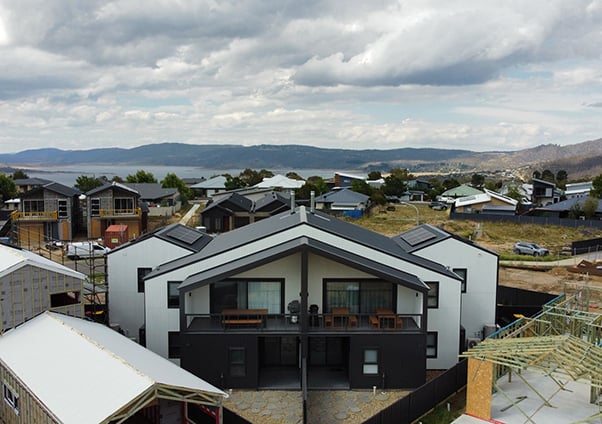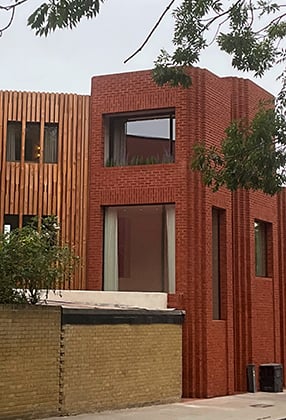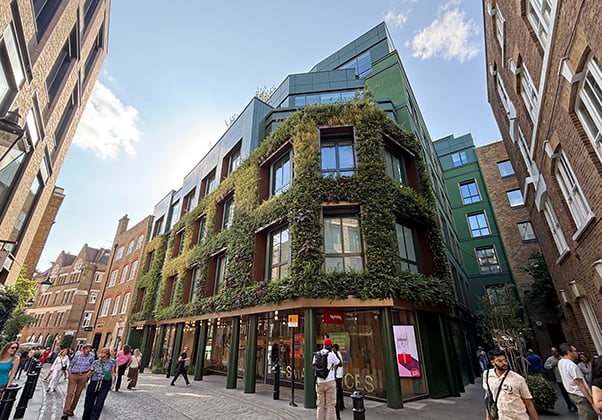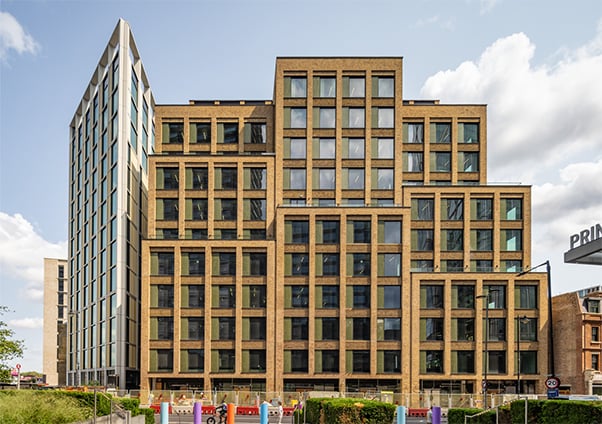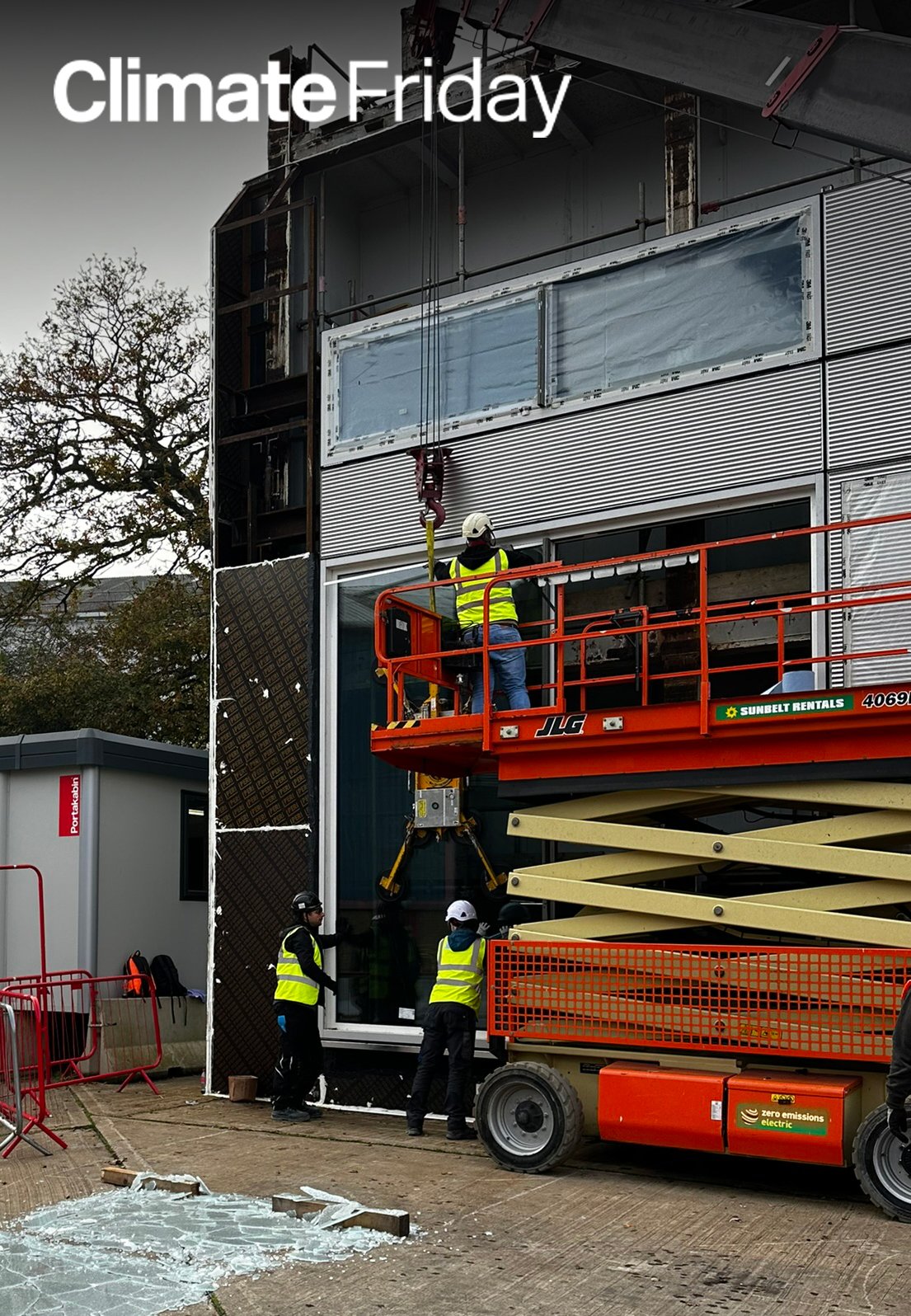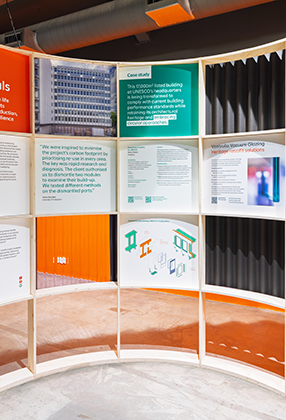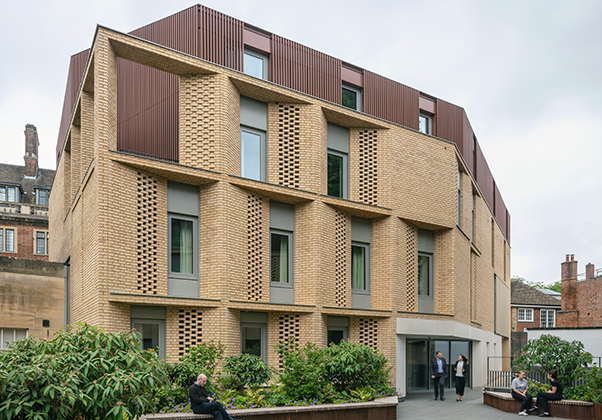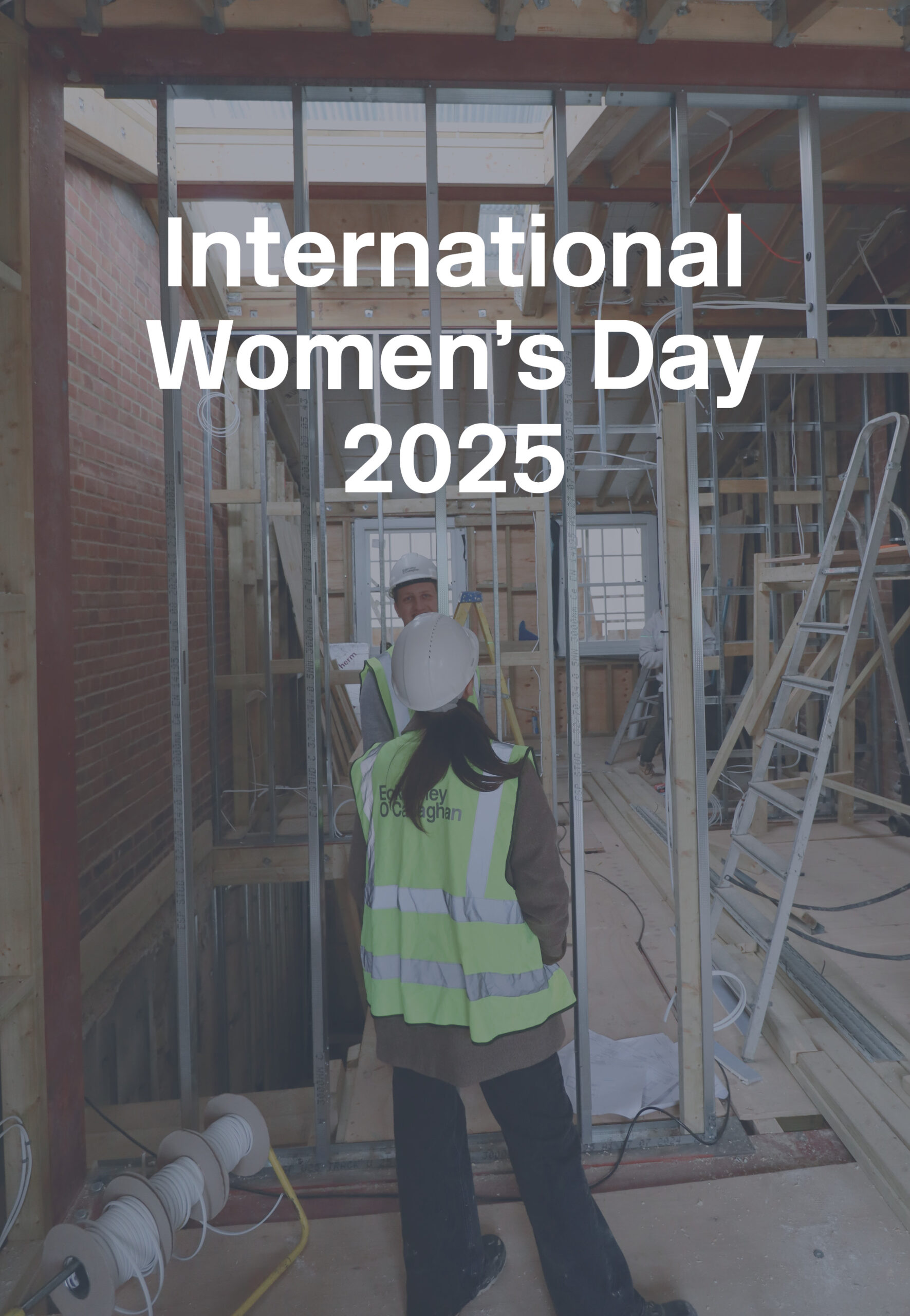Climate Friday | We need to talk about thermal bridging…
4 July 2021

In the midst of the Part L debate our facades Director Damian Rogan explains why the current crude guidance on thermal bridging analysis must be improved if we are to hit the ambitious net-zero targets.
“Heat loss through the building envelope is a significant factor in heating demand and therefore carbon emissions. It’s well understood that improving the envelope’s thermal performance (measured as a U-value) is key to achieving a low-carbon future and has been the focus of successive, tighter iterations of the Building Regulations (Part L in England).
Thermal bridging – which occurs, for example around windows and doors, when there is a discontinuity in U-value within wall elements or between wall elements – is also a well understood concept.
But thermal bridging is very poorly understood numerically, and it is dealt with very crudely in the Building Regulations and related guidance. This is despite the fact that it is often a greater contributor to heat loss than the U-value of the walls.
The problem is threefold:
- Design teams often don’t have the capability of calculating thermal bridge properly so revert to default values in software that grossly underestimate the problem.
- Compliance software like SAP allow designers to get away with underestimating thermal bridging, and no evidence is asked by building control officers to justify the values assumed.
- Contractors will split responsibility of building the facade to different trade contractors without assigning overall responsibility for looking after thermal bridging to any one party.

Ultimately, nobody in the design or construction team takes ownership for calculating the thermal bridging or ensuring that a good performance is achieved. There is a gaping scope gap, and knowingly or unknowingly it’s being ignored.
If we are to have any hope of meeting net-zero carbon homes in the future, we need to get to grips with thermal bridging – having design teams calculate it properly, having building control validate that intended performance meets the standards, and having contractors ensure that the intended performance is met.
Our suggestion is this:
- The new Part L 2020 and SAP 10.1 need to place more emphasis on thermal bridging.
- The current BRE guide on thermal bridging (BR497 & IP1/06) should be reviewed and updated to be prescriptive in setting standards to numerical calculations
- Accredited details, which were developed for simple buildings, should only be allowed on single-family dwellings, and only where evidence has been provided to demonstrate that the design adopts such details.
- Multi-unit dwellings and apartment buildings should have their thermal bridging calculated by a qualified party, and accredited details should not be accepted. Where calculations are not provided, the default Y-value could be allowed but it should be punitive.
- Designers and contractors should not rely on one-dimensional U-value calculations that don’t accurately account for discontinuities in U-values, such as metal studs.
- Tendering contractors should insist that they be able to scrutinise the design team’s thermal bridging calculations, but on acceptance of these they should then be committed to meeting the requirements.
- Contractors should be required to provide evidence that agreed thermal bridging values have been achieved. And they should be make trade-offs between facade packages and between U-values and Y-values to ensure that the overall thermal performance is achieved across the building.
For our part, we’re producing detailed thermal bridging calculations on all our facade projects, and we’re advocating to authorities to set more specific standards for the accuracy of calculations.
Only when we properly address the issue of thermal bridging calculations will we move beyond words and intentions to actually delivering better performance.”










